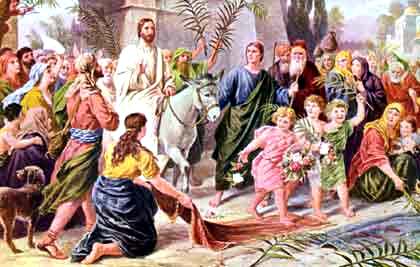Obviously the fact that people can speak about Jesus as if he had really existed does not mean that he really did exist.
But what if historians (whose careers are in history faculties that have nothing to do with biblical studies) who write about the Roman empire mention Jesus as the founder of the Christian religion. Do they make such a statement on the basis of their independent or even collective scholarly research into whether Jesus really did exist or not? I think we can be confident in answering, No. I think we can further say that, if really pushed, many would say that for the purposes of what they wrote, they would not care if he existed or not. What they are addressing is not the historicity of Jesus, but the historical fact that Christianity had its beginnings in the first century in the Eastern part of the empire. What they are addressing is the fact of the appeal and reasons for the spread of Christianity.
The reason they might phrase an initiating discussion with reference to Jesus himself as the founder of Christianity is because this is the commonly accepted understanding of Christian origins, and it is, at bottom, quite beside the point for their own purposes — which are explaining Christianity’s spread and influence in the empire — whether it turns out that Jesus himself really was or was not the founder of Christianity. Continue reading “Historians on Jesus”





